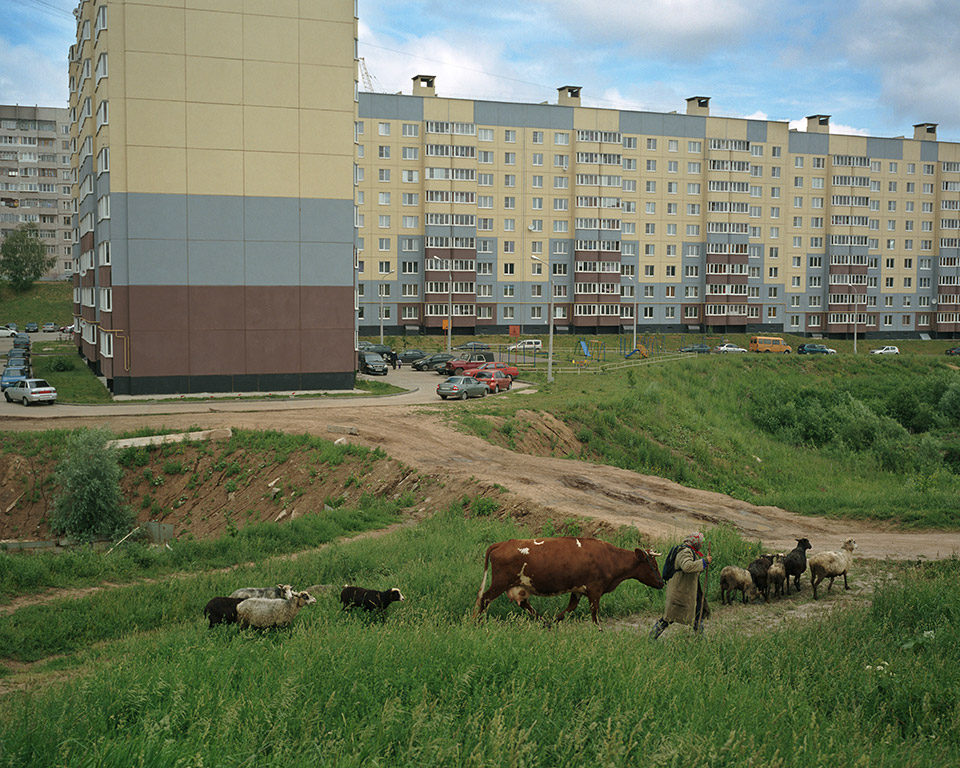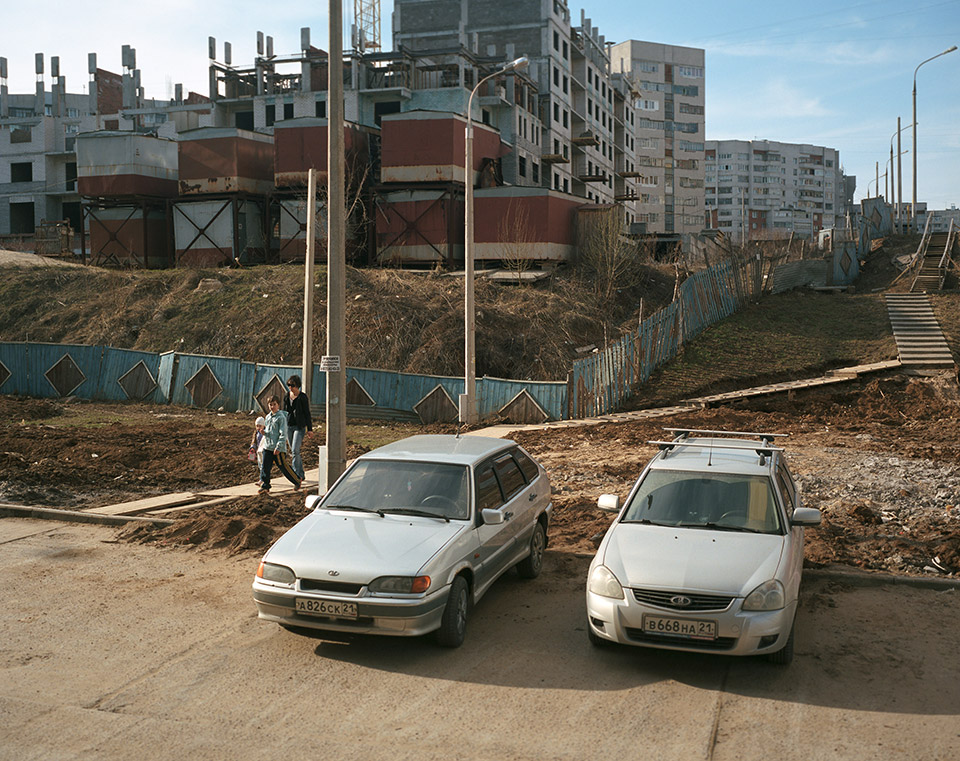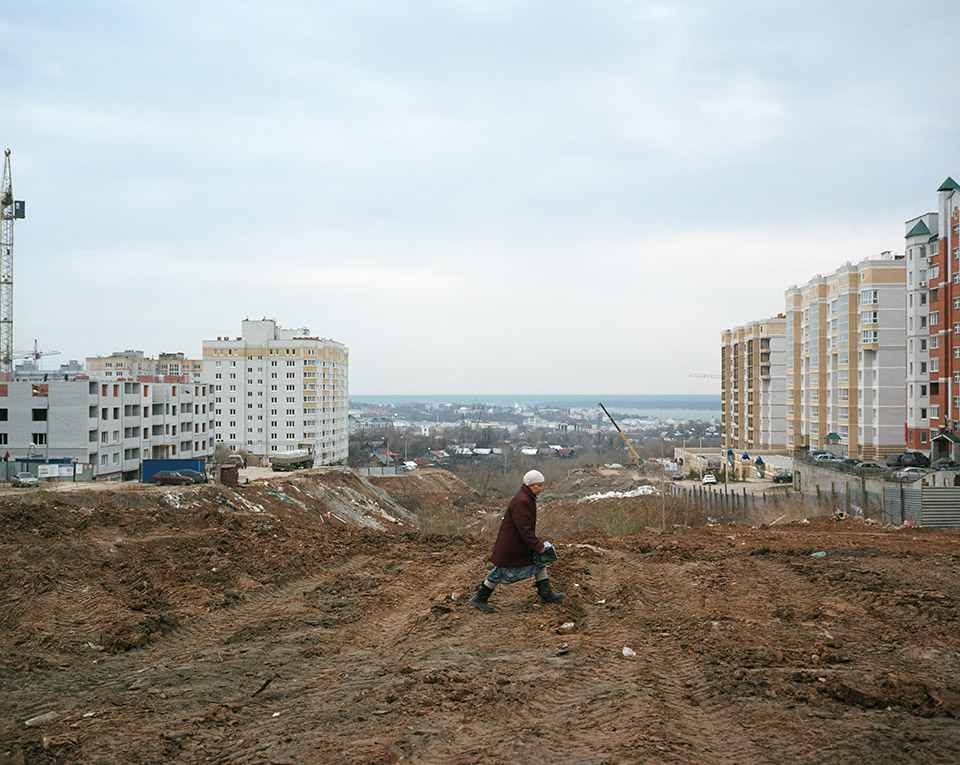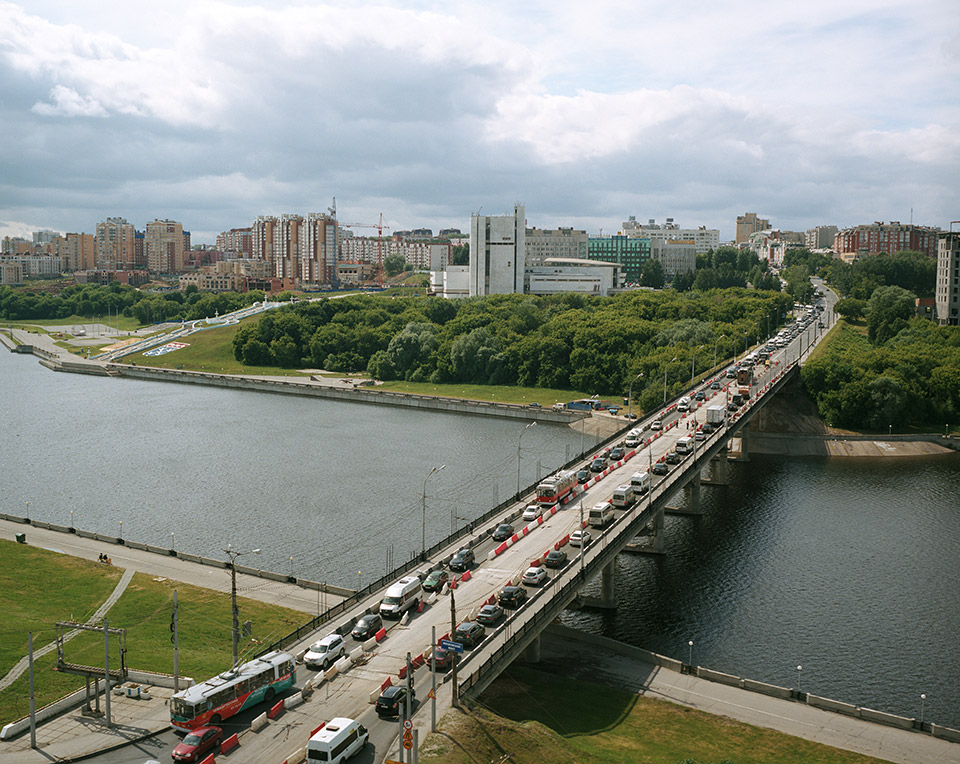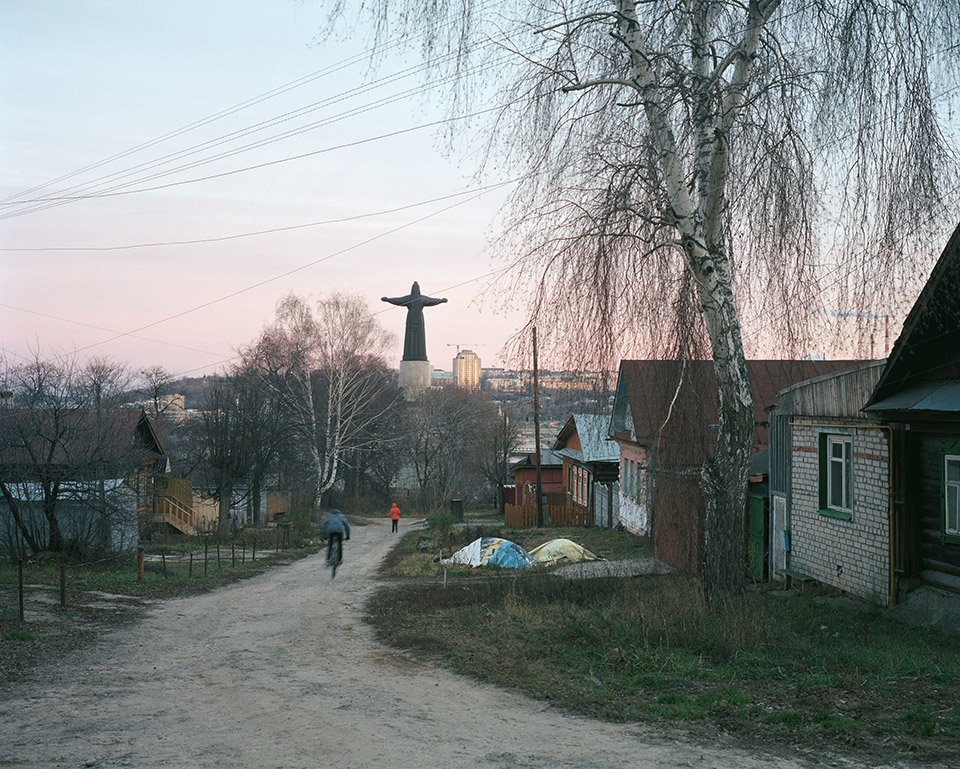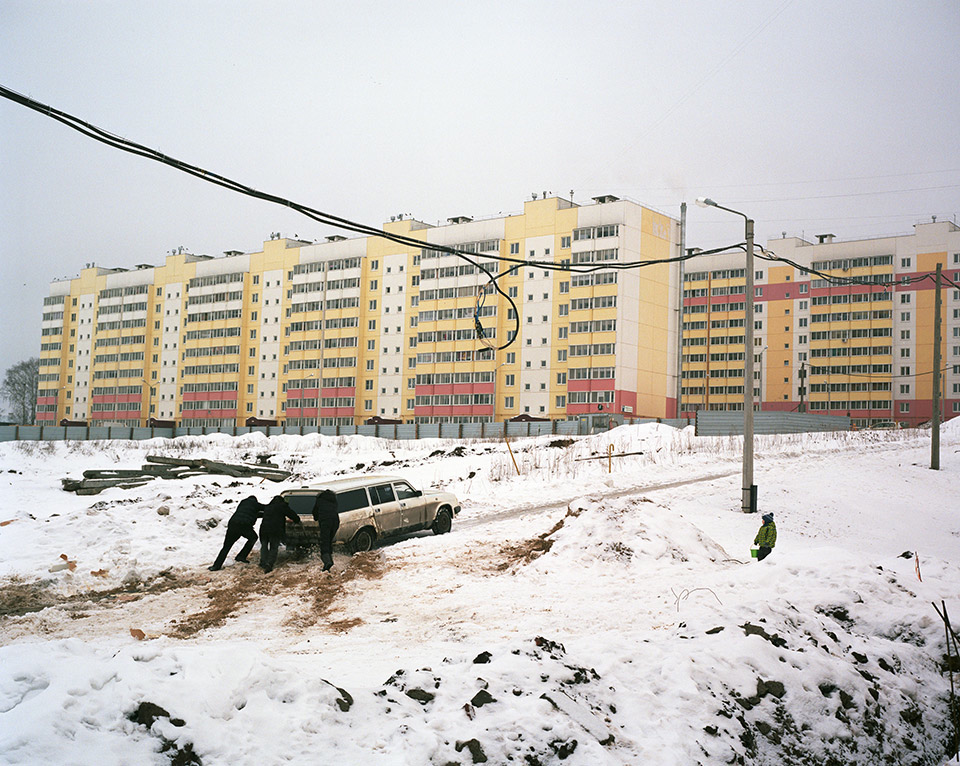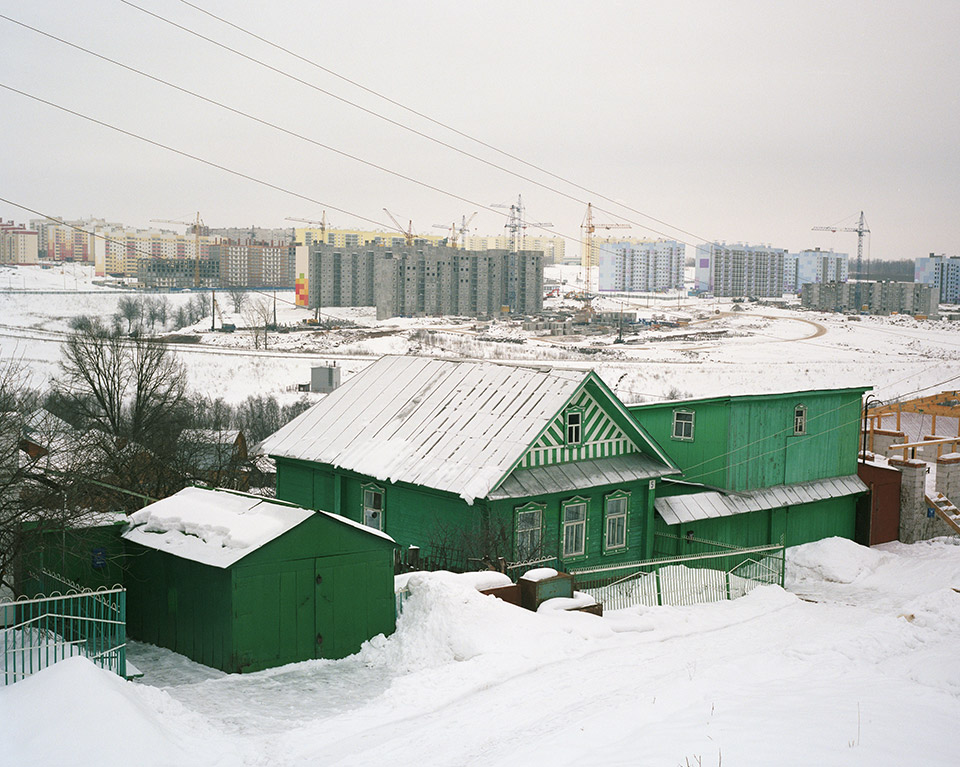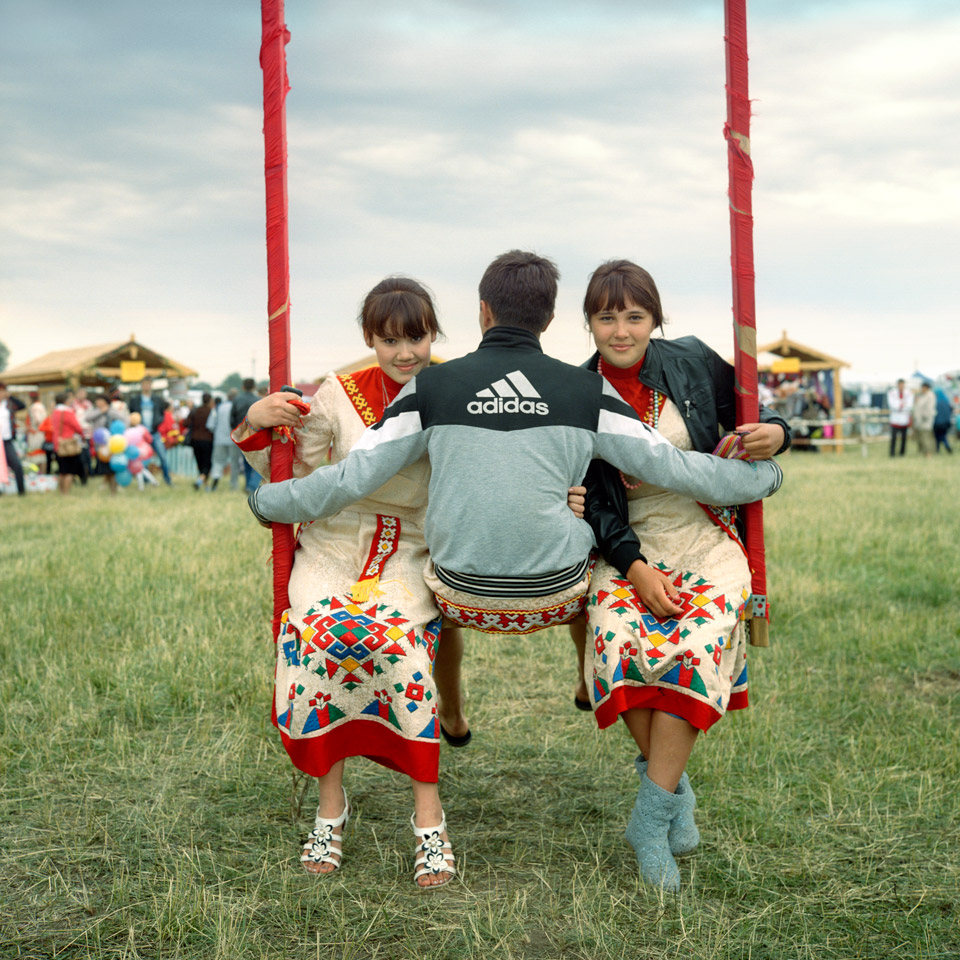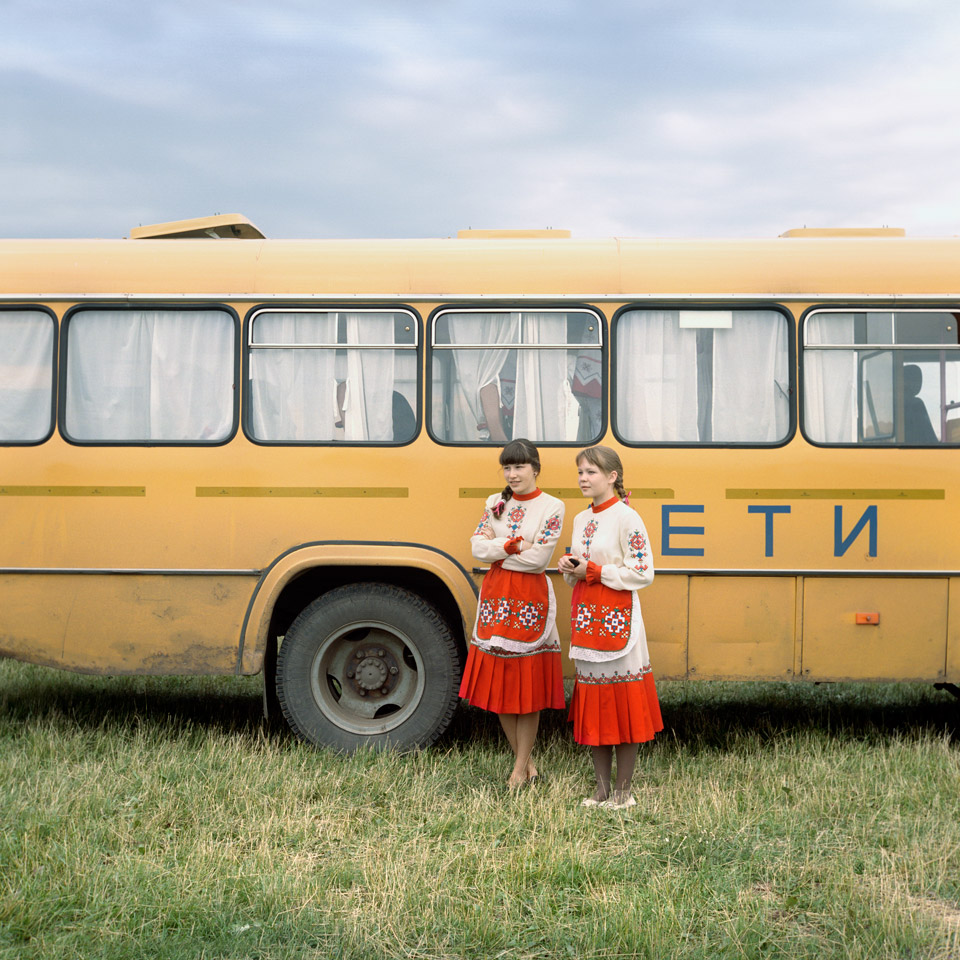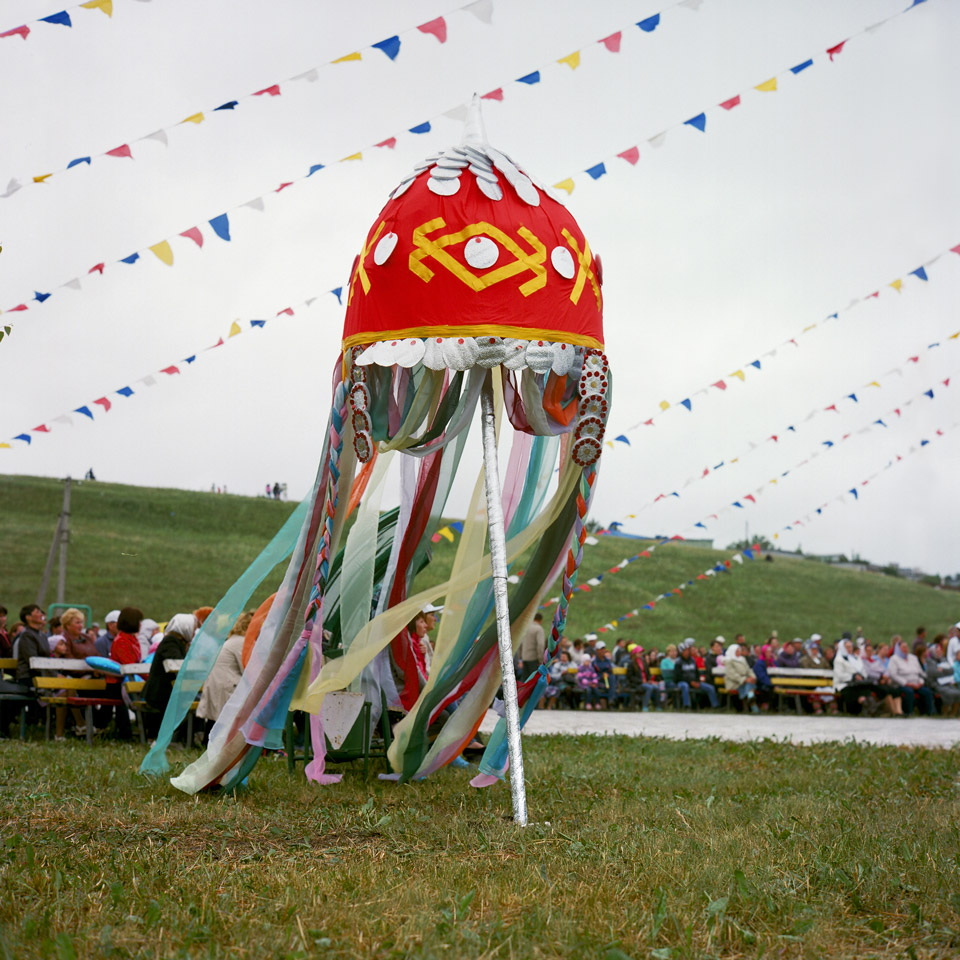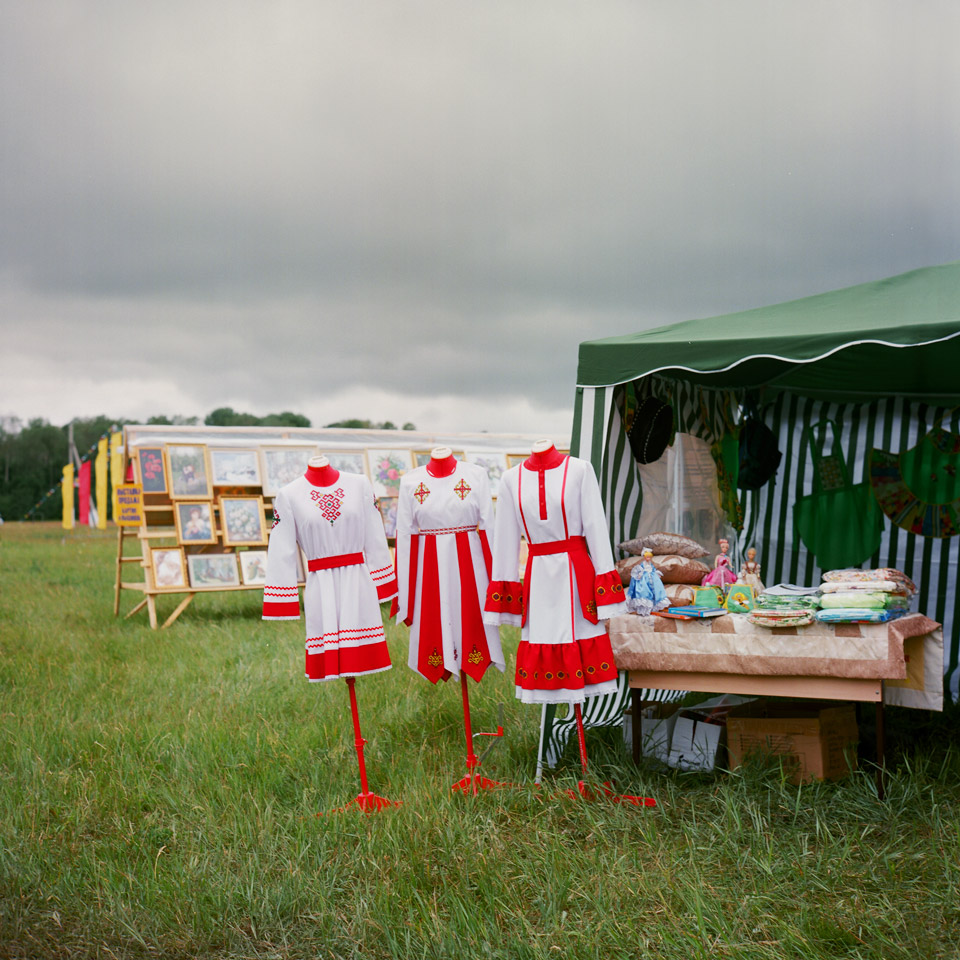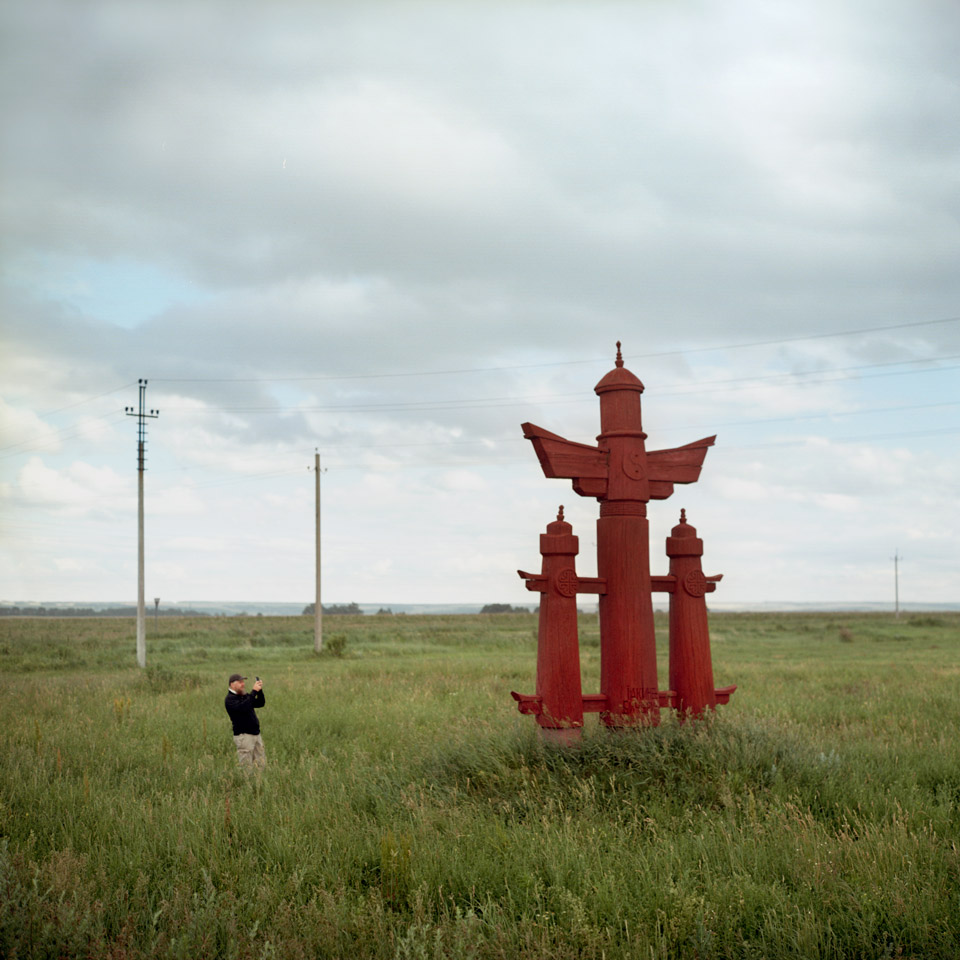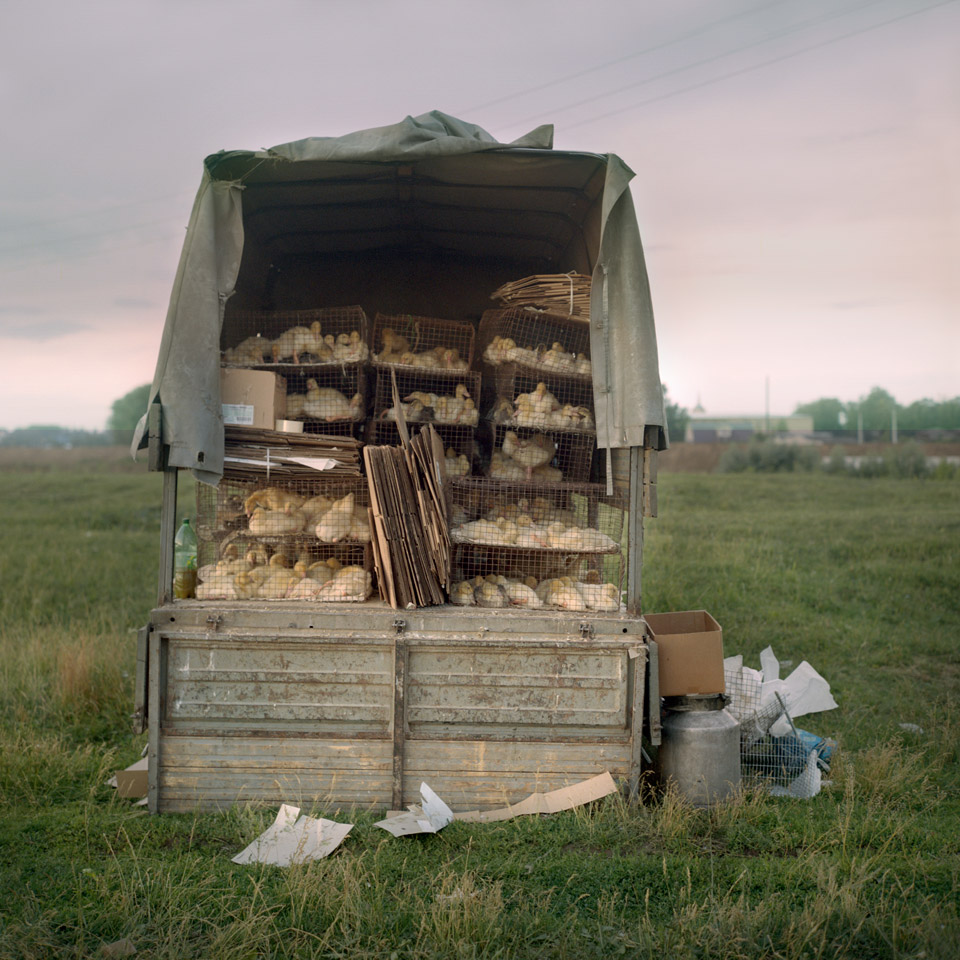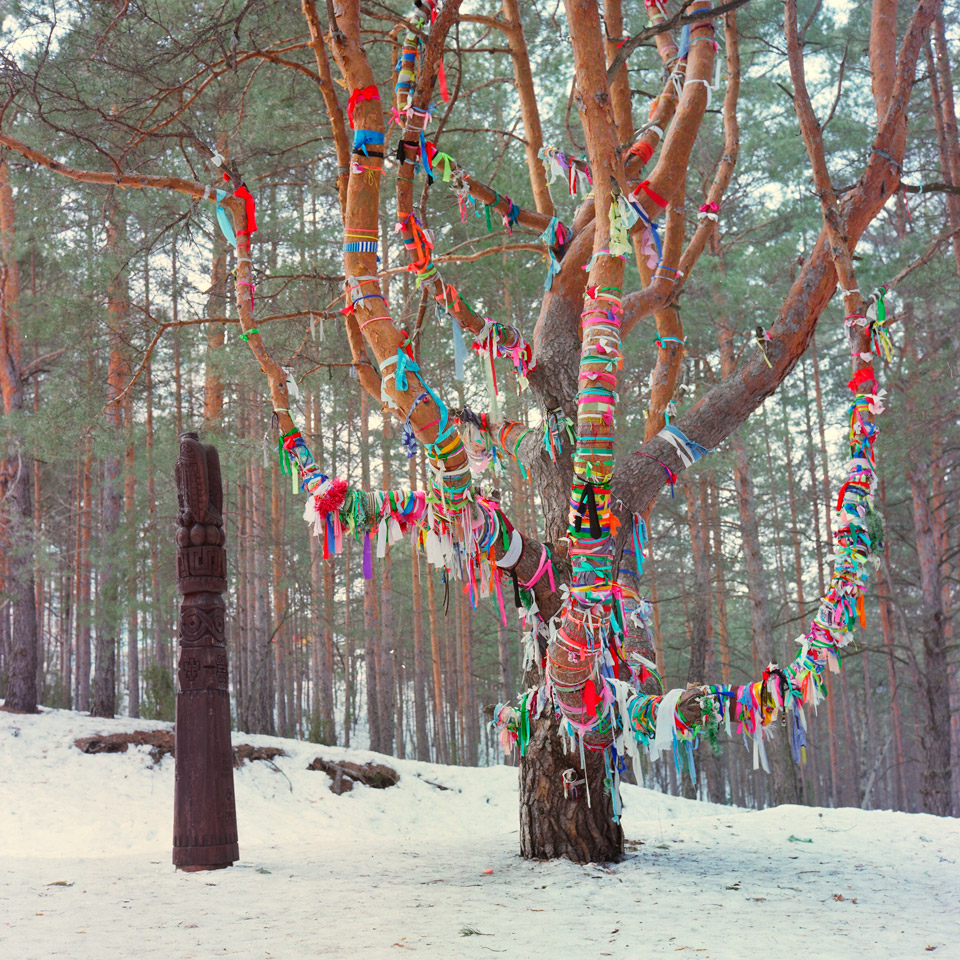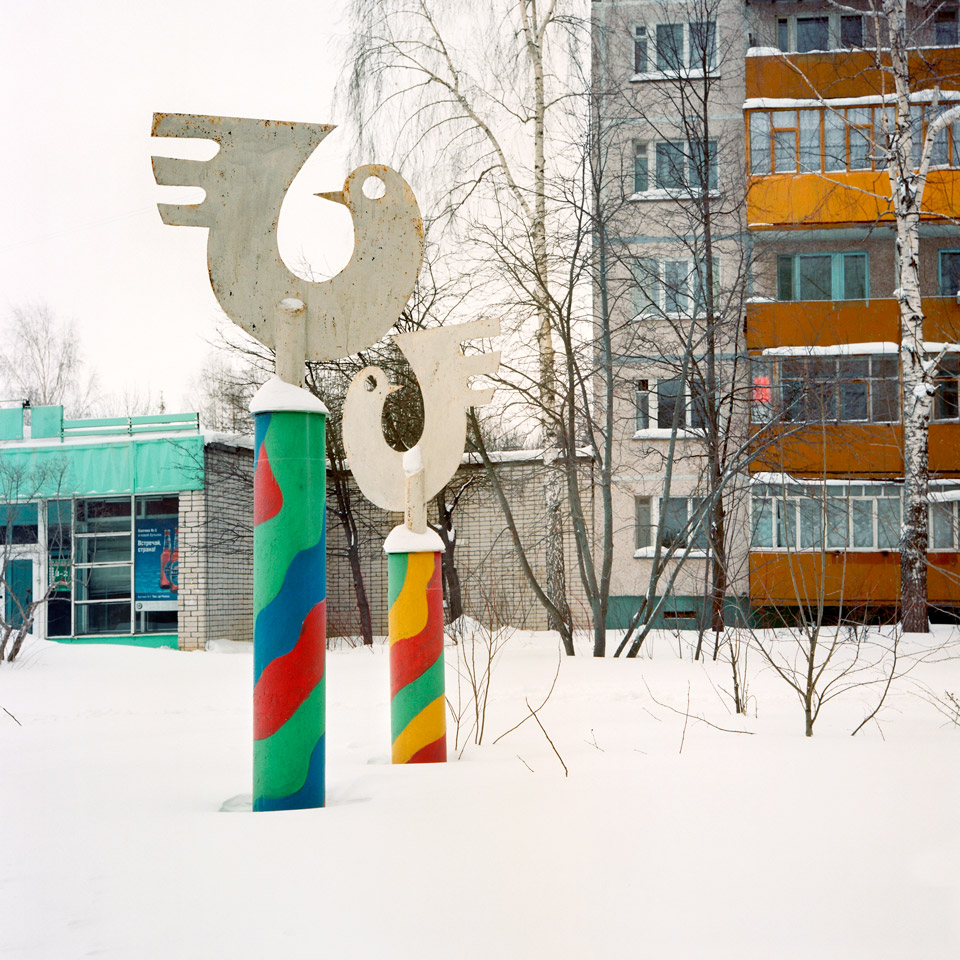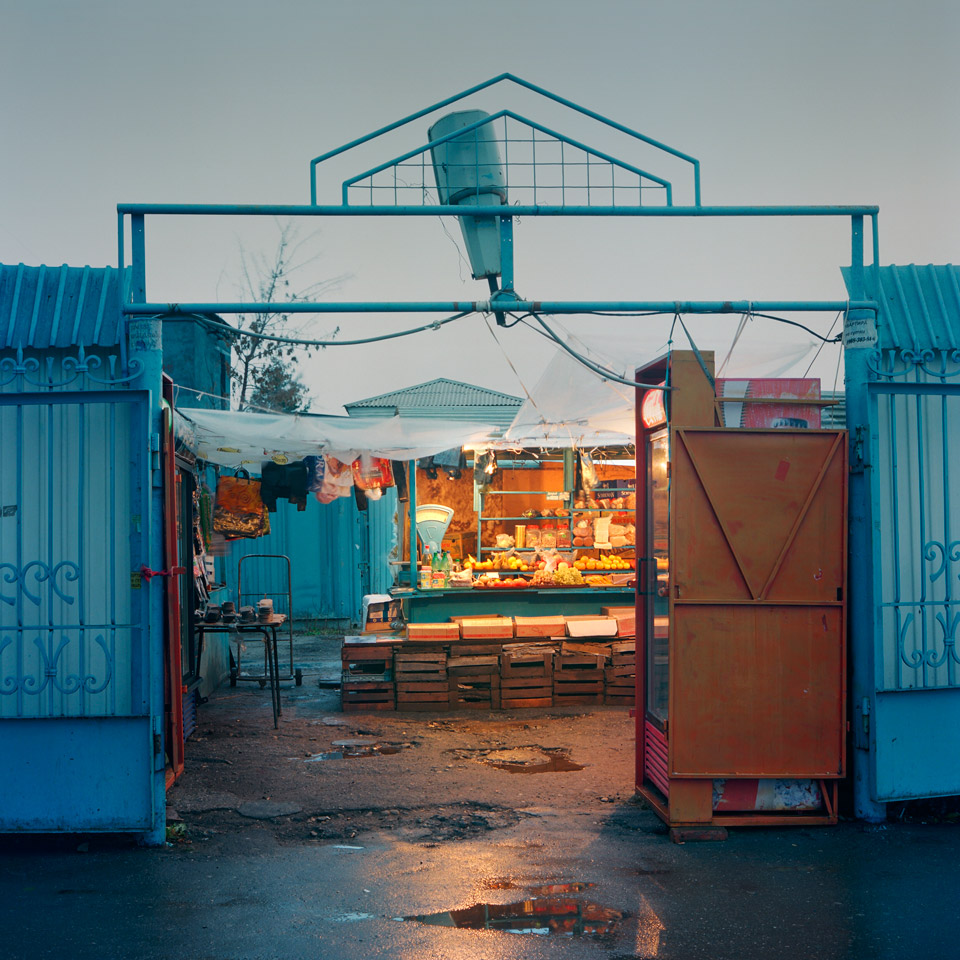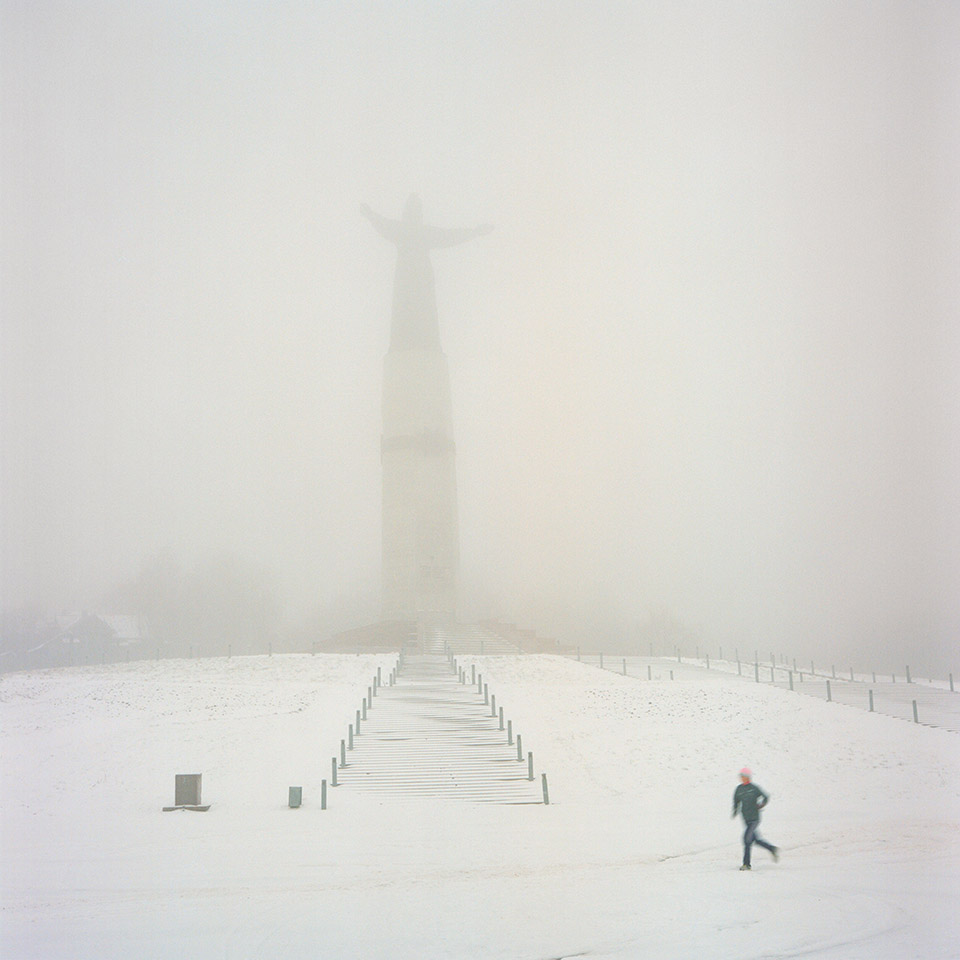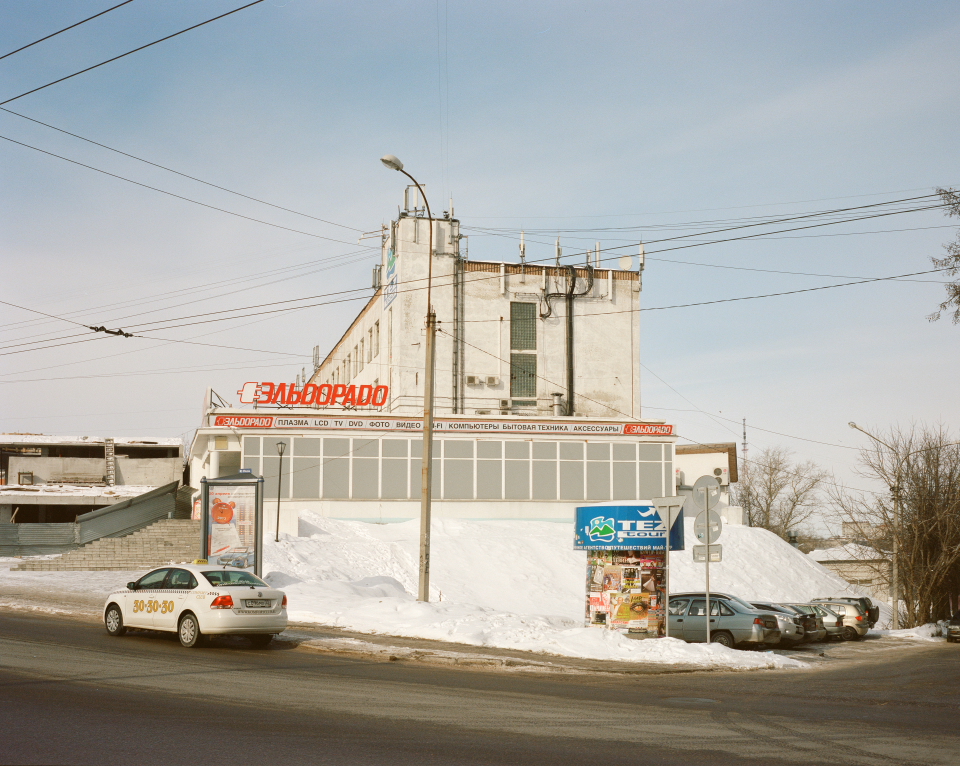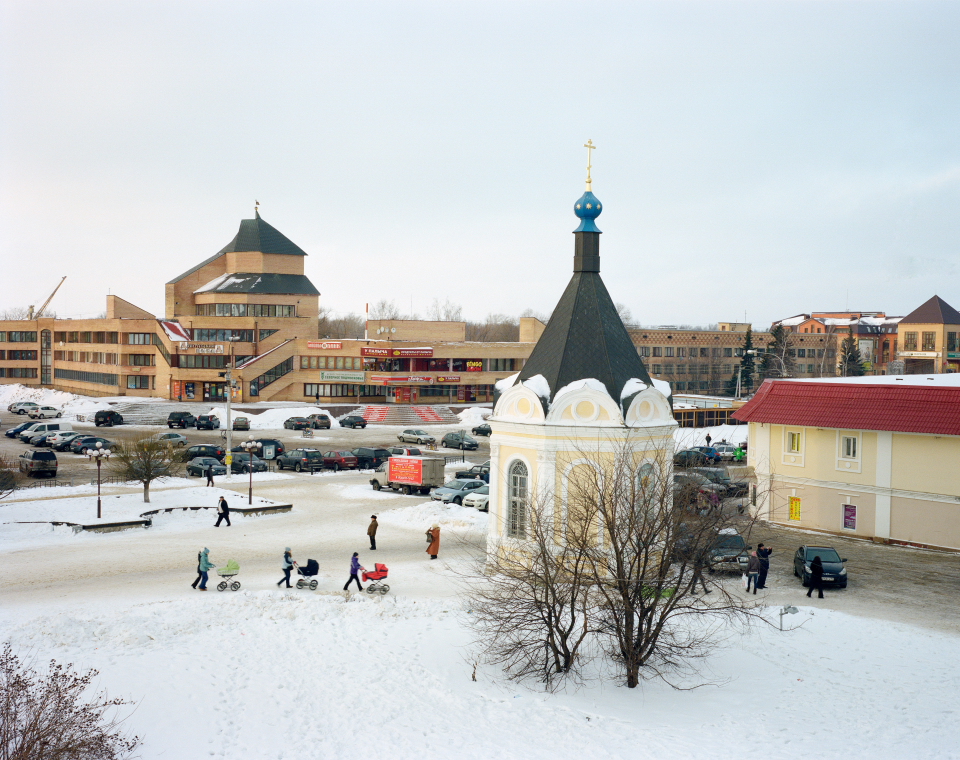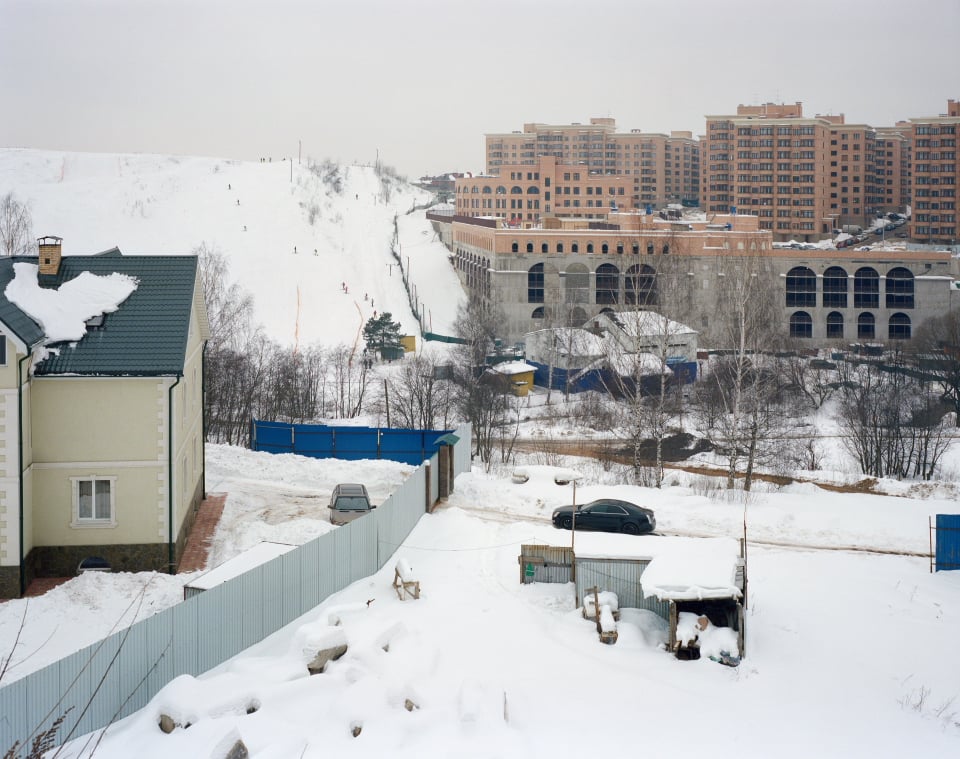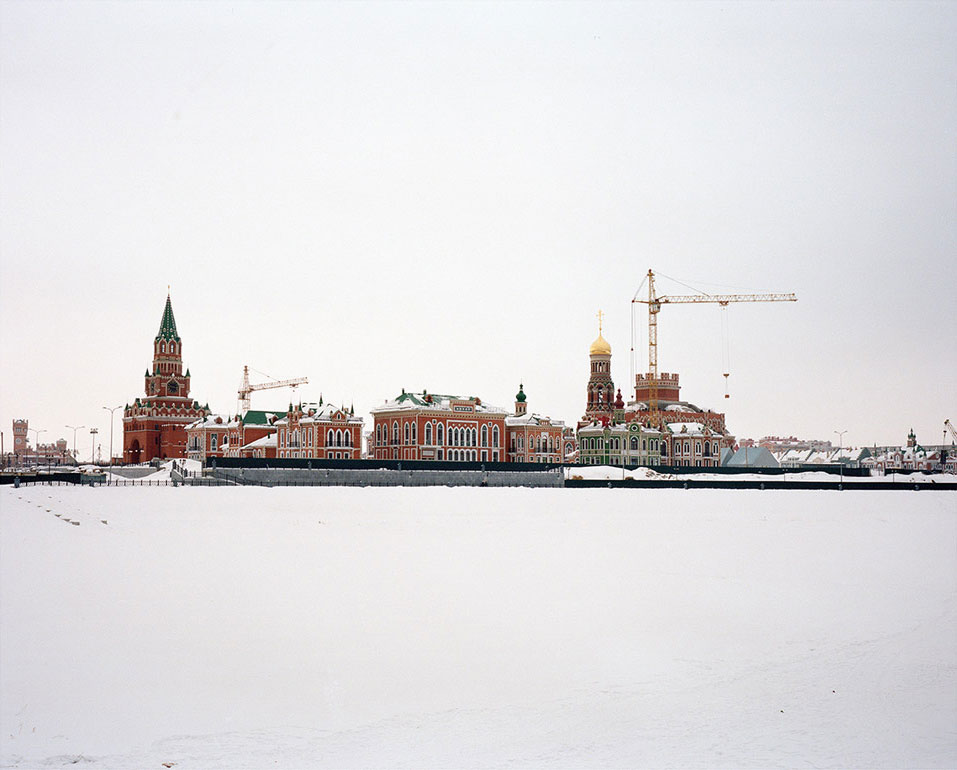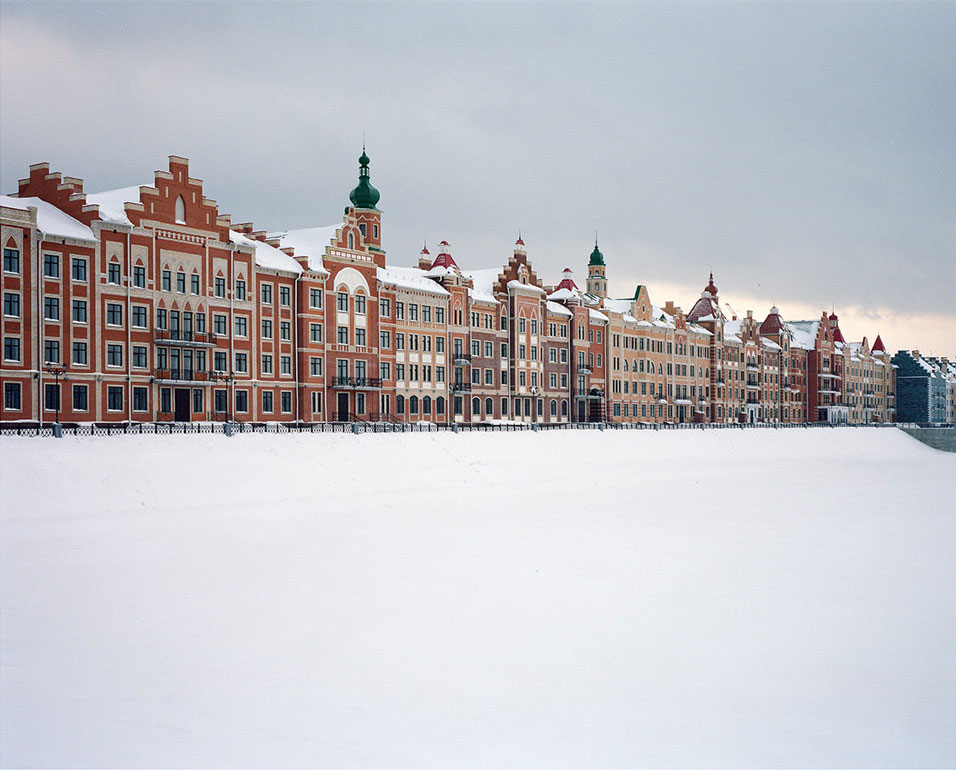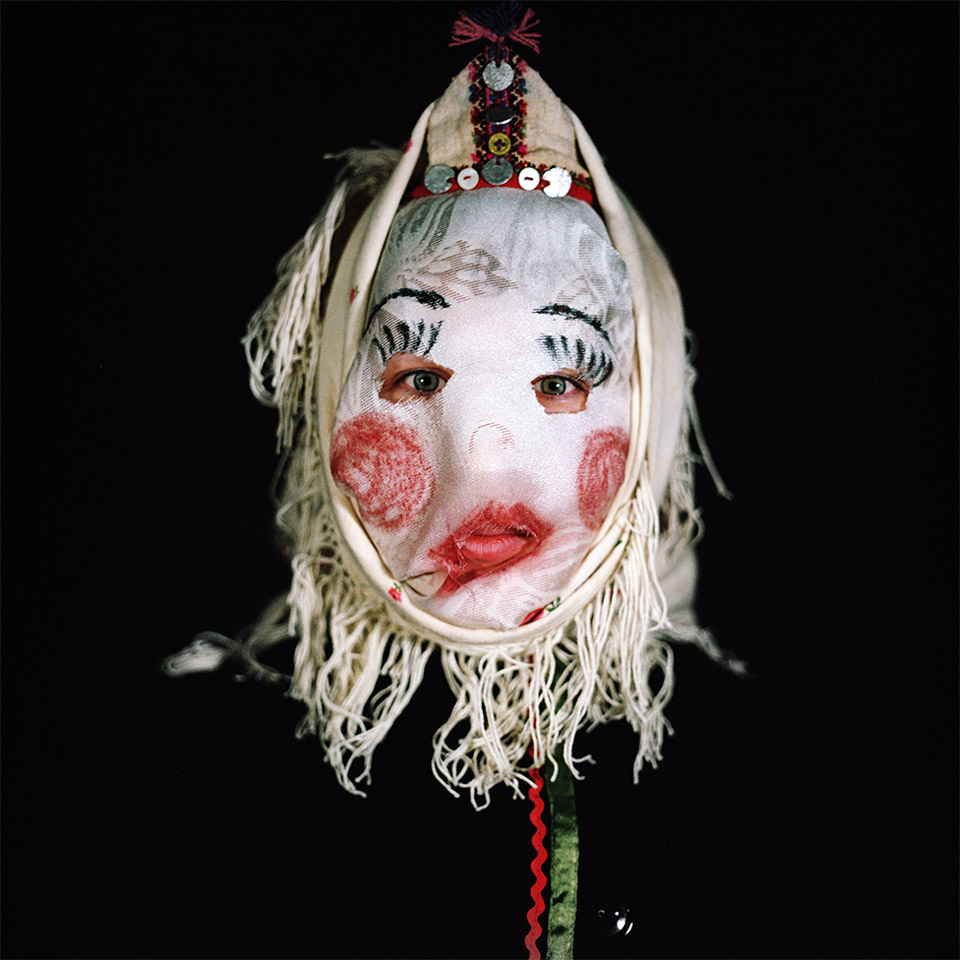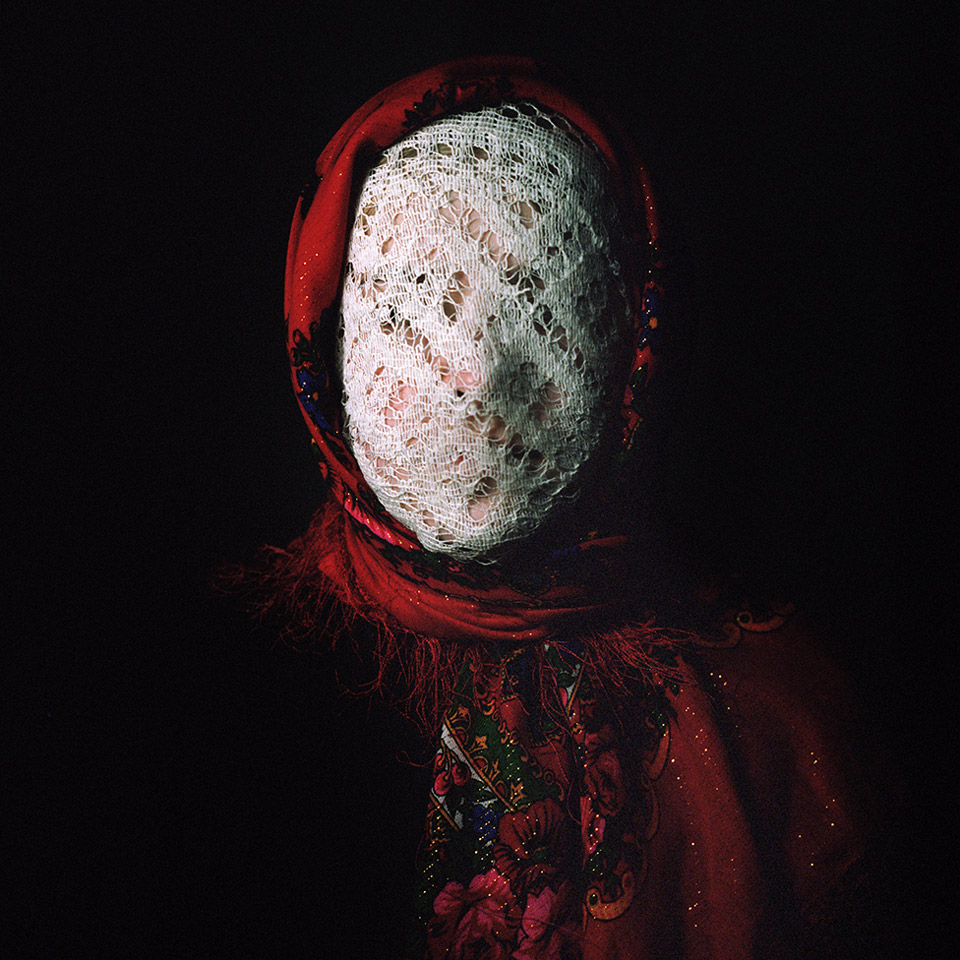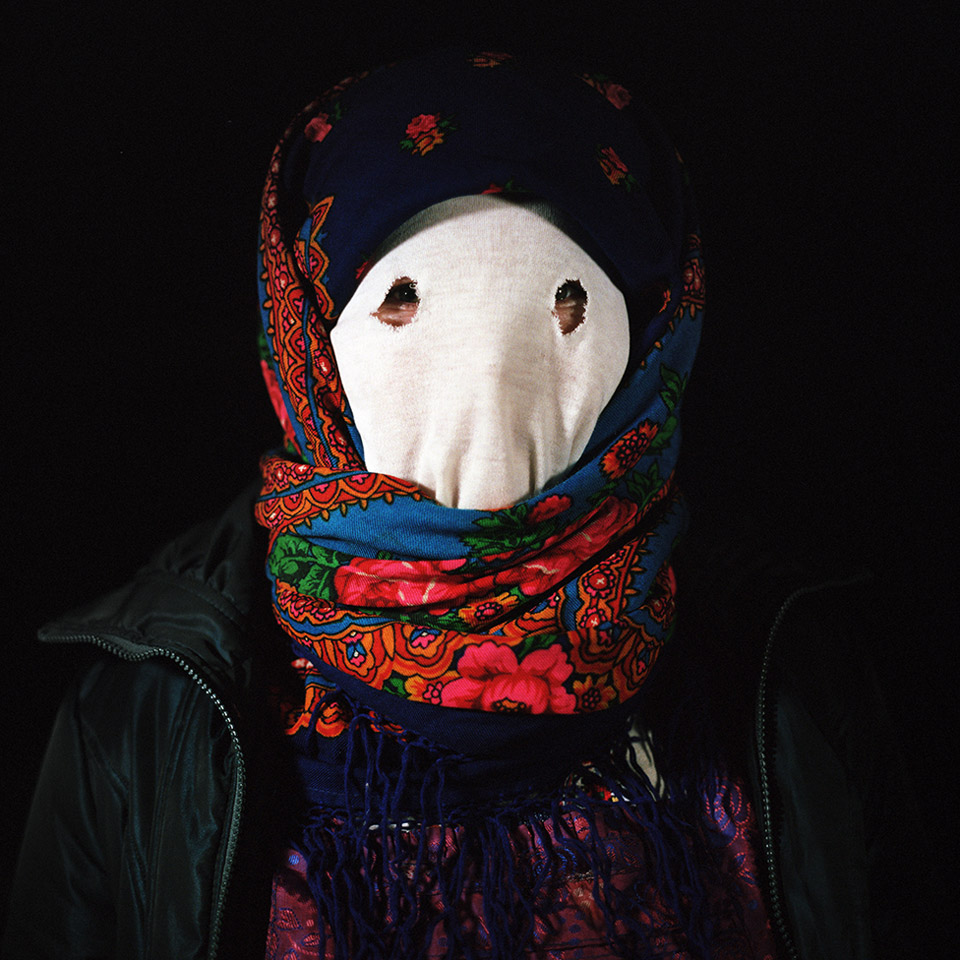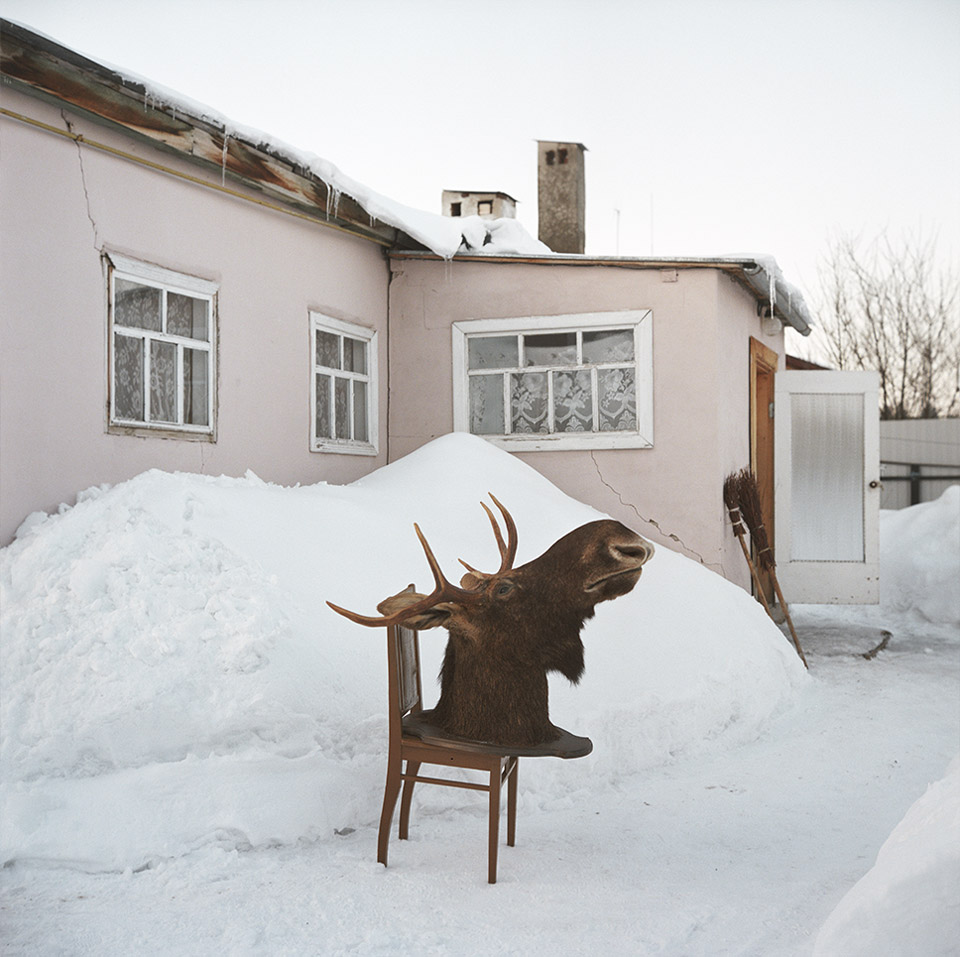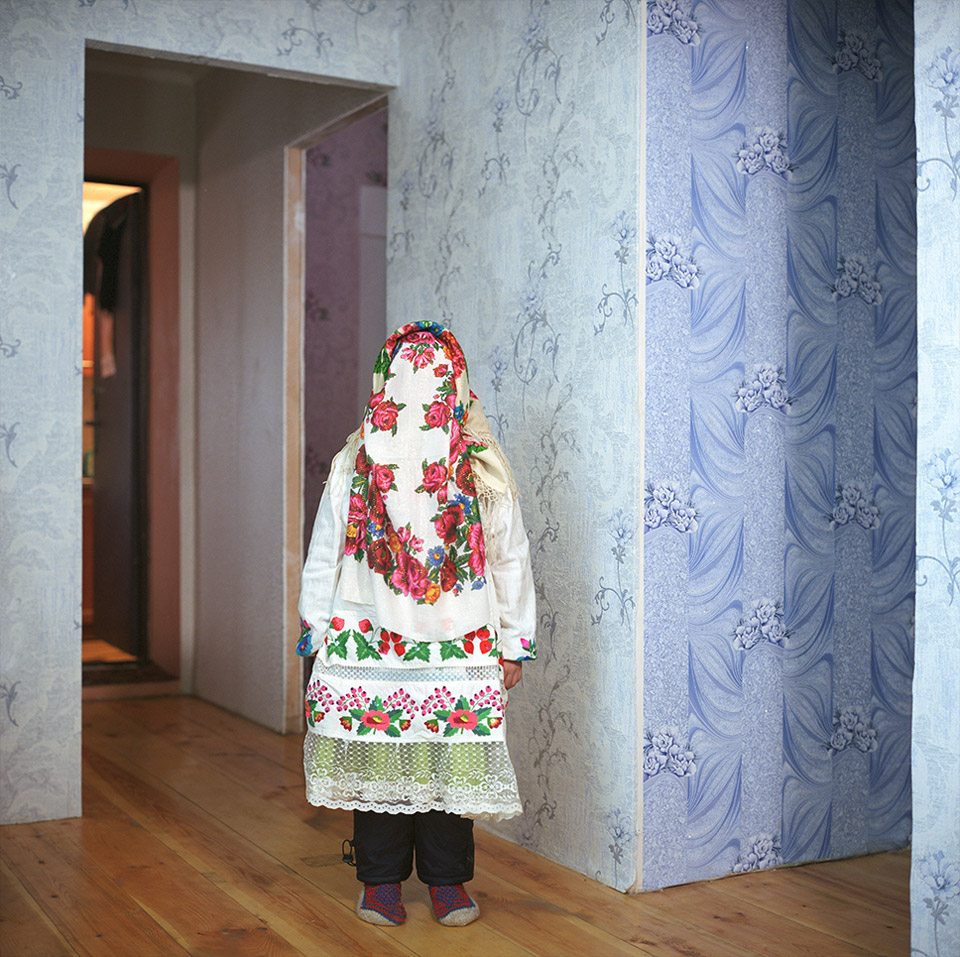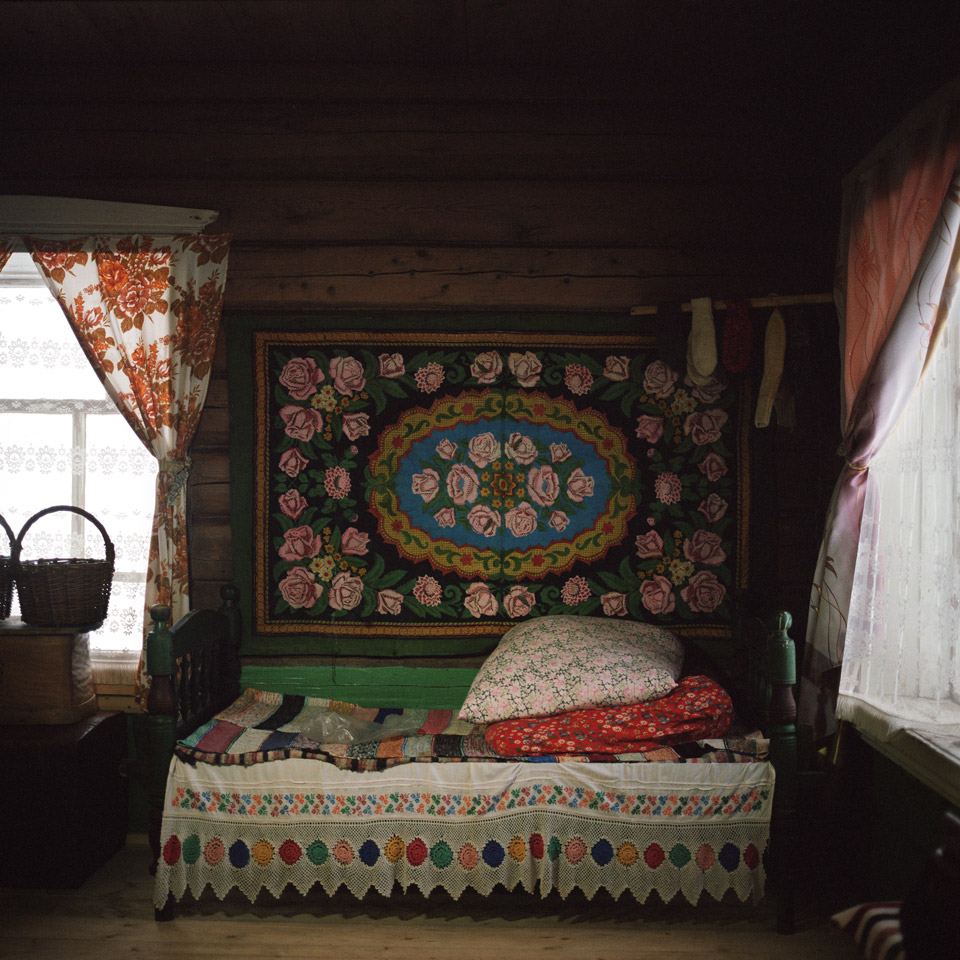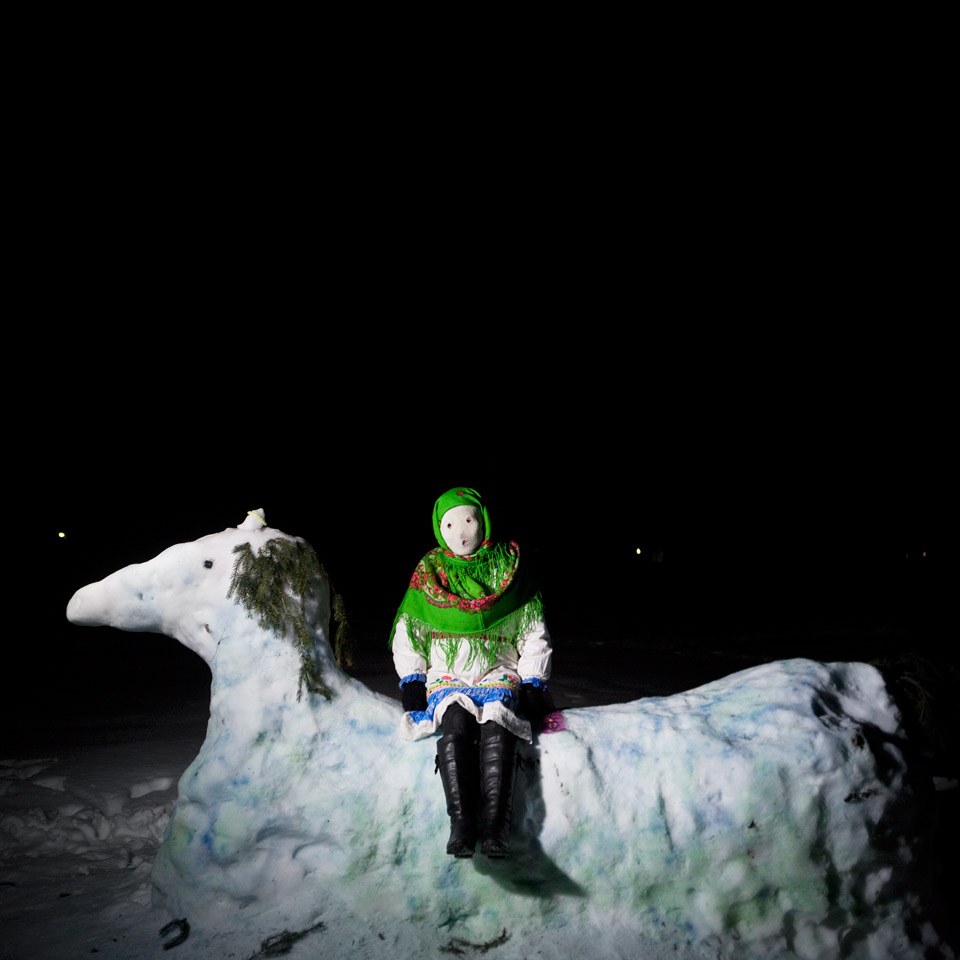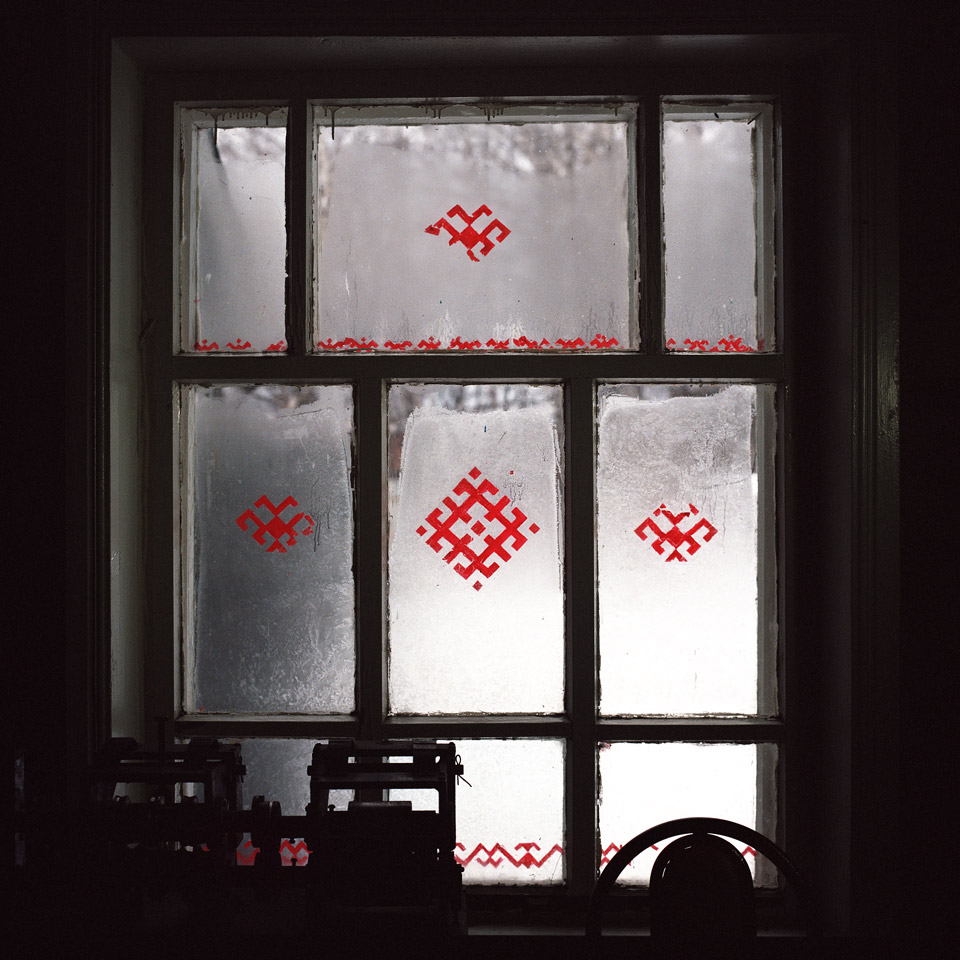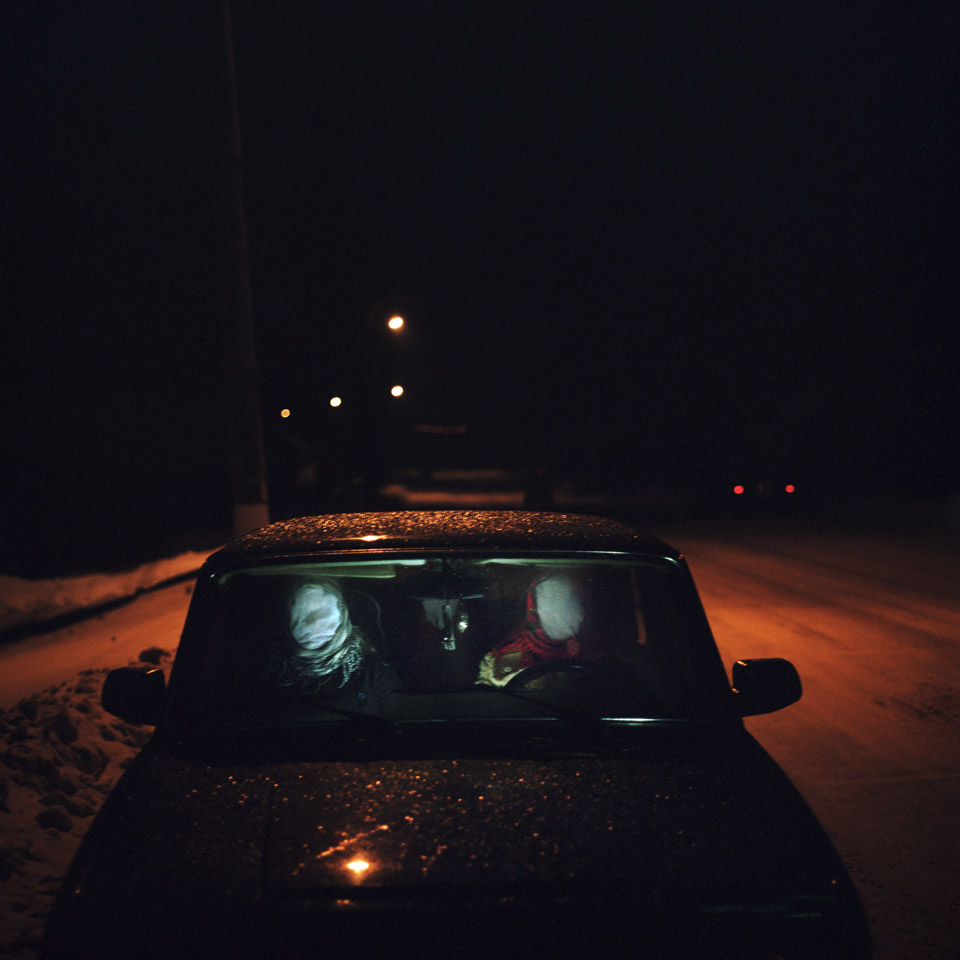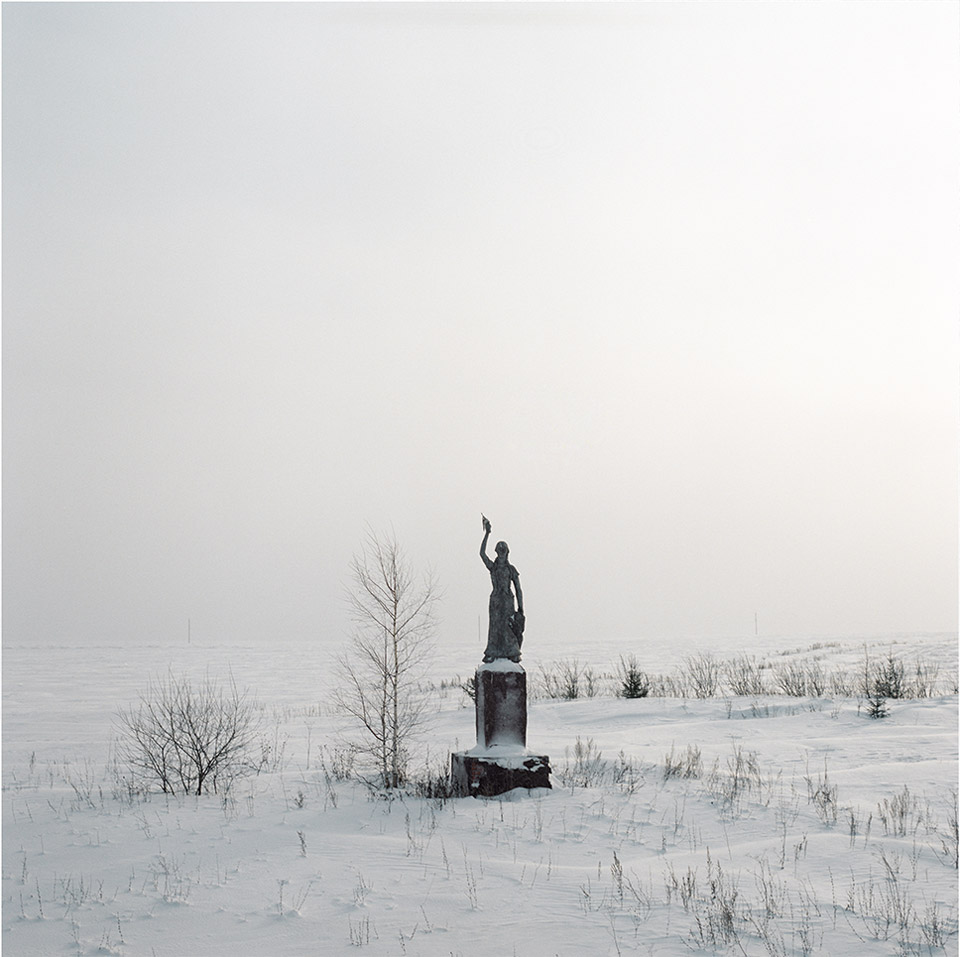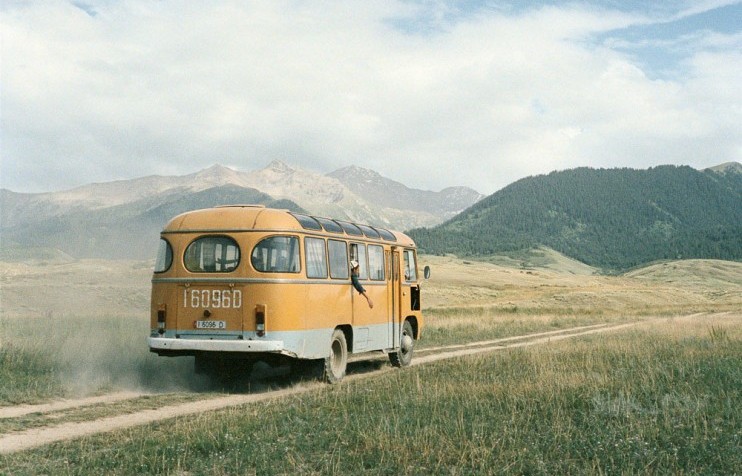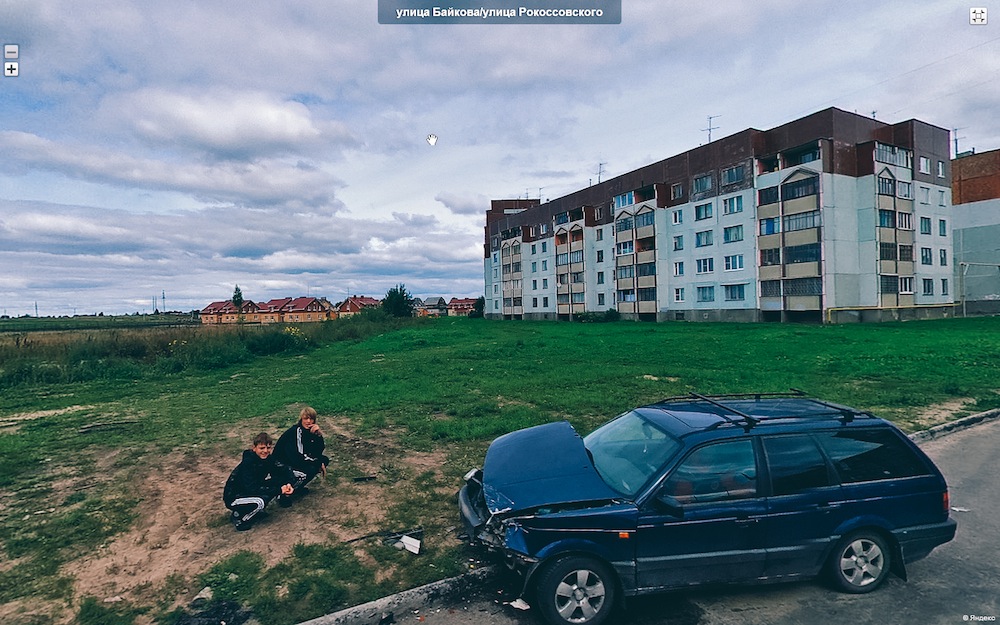Interiority complex: the art project shedding light on Russia’s diverse regions
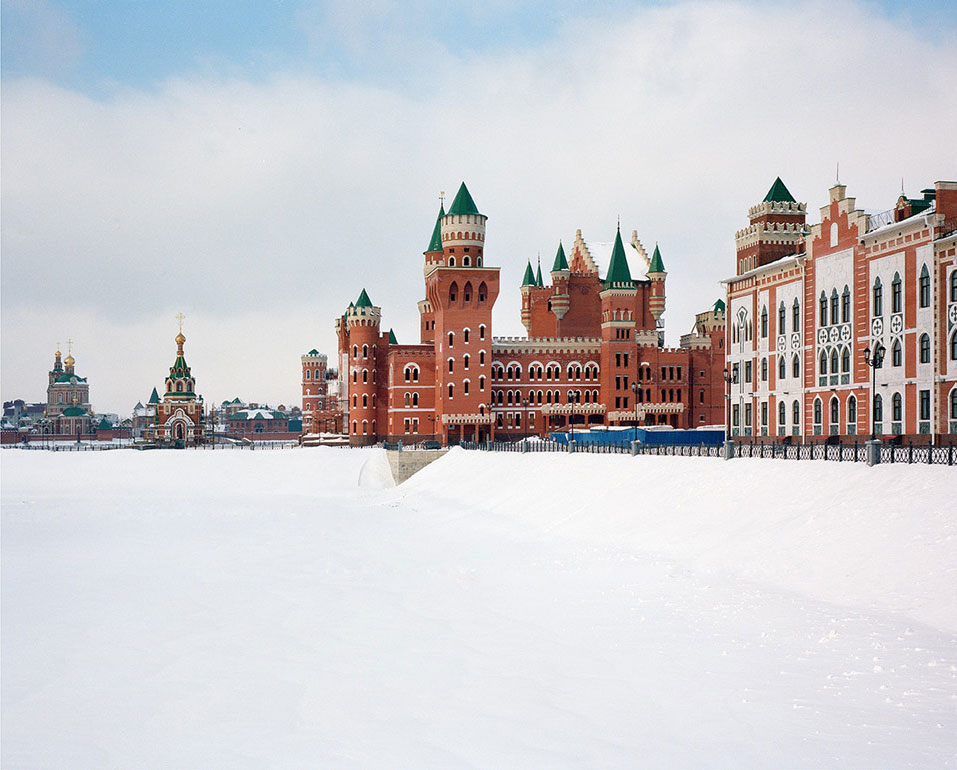
Since 2013, the Russia Research project has been staging exhibitions to educate Russians about the geography and peoples of their own vast country. And, in Pavel Vardishvhili's view, it couldn't be more timely
From 11 February to 8 March this year, Moscow’s Triumph Gallery and the Winzavod Centre for Contemporary Art presented a group exhibition, the result of research into the neighbouring Volga republics of Mari El and Chuvashia. Consisting of photography and video exhibits, domestic items and modern artefacts, the exhibitions were the latest installment of the Russia Research project, organised by Triumph gallery and the Russian Ministry of Culture. The aim of Russia Research is to use the exhibitions as an ethnographic tool, blurring the boundaries of art and science to educate the Russian population about their own geography.
Russia Research began in September 2013 with a group exhibition on the Udmurt Republic. This was followed by Igor Starkov and Darya Andreeva’s project on the village of Kalevala in Karelia (January 2014) and another group project on Moscow’s satellite towns (June 2014). “I love conducting an experiment among my students,” says Sofia Gavrilova, curator of the Mari El and Chuvashia exhibition. “I ask them, ‘What makes New York different from Florida? And how is Birobidzhan different from Vladivostok?’ Everyone is stuck. No-one has a real image in their head, and they can’t go to these places themselves. What’s left is the mass media, the news, and the image of these regions that the Russian Geographic Society promotes…Our people’s idea of geography is an absolute mess. When the country’s main TV channel speaks of Altai being in the Far North, when it is one of Siberia’s southernmost republics, it is very hard to accept.”
Russia Research has a team of well-known photographers behind it, including Ikuru Kuwajima, Maxim Sher, Ivan Mikhailov and Sergey Novikov. In the exhibition, their photographs are accompanied by commentaries from psychologists, economists, anthropologists, urbanists and sociologists. None of the authors had been told where the photographs were taken, or what the story behind them is. Some examples are as follows: “We are looking at a typical winter cityscape; it could have been taken anywhere in the former Soviet Union… The photo was taken in a commuter town. From the image it looks like the district is impoverished or struggling to develop: the shop in the background is closed and no road leads up to it…” “The women are going to the centre of town, or to the city; they’re waiting for a bus that only goes two or three times a day. The women look solemn, important. It’s obvious that they are travelling for the same reason. They are old, but still healthy, still work — maybe at the local dairy plant”.
The commentaries add nuance to the exhibition. The curators give them equal weight as the images themselves. Neither the photographers’ visions nor the scientists’ views are presented as the truth, but as art. But at the same time, we can say the opposite: taken together, the photographers’ visions and the experts’ comments amount to a mini-ethnographic or sociological study.
But why does Russia’s Ministry of Culture, not exactly celebrated for its forward thinking, need a project like this one? Dmitry Khankin, partner of Triumph Gallery, provides an answer: “Even there they understand that in a country of many nationalities this work can’t be too formal, and must be organised by people who have a deep understanding of the subject. And, as strange as it sounds, artists with a strong social conscience are able to measure processes that scientists sometimes aren’t able to see. This is why the ministry understood that initiatives like this one are worth supporting.” At the same time, it looks as if they don’t fully understand this yet — they haven’t given a grant for a complete and specialised programme. For the curators of Russia Research, and for the ministry, everything is happening gradually, one exhibition at a time.
Russia Research is important in the here and now, and not only because it has been so long since anyone has begun this type of research. Because of Russia’s current geopolitical situation, it could be that we are left with no-one to study except the people within our own country. The closing of borders, the introduction of an internal visa regime — this may be the worst-case scenario, but it is not as unlikely as it would have seemed 10 years ago. We don’t have any understanding of the country we live in — and, living in Moscow, we know very little of the other peoples that have inhabited Russia for centuries. We don’t understand them. And this lack of understanding always leads to ignorance — and to fear, which is worse.
